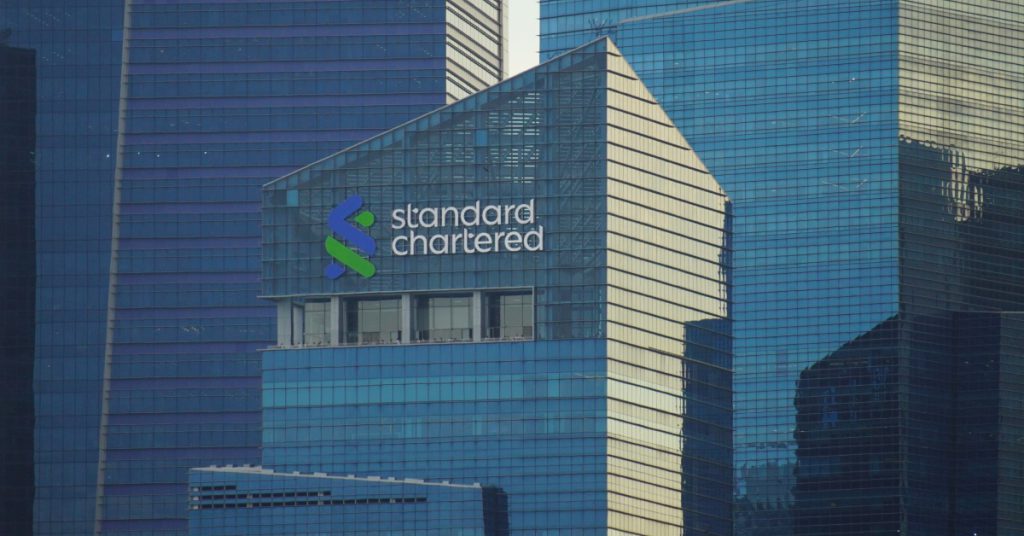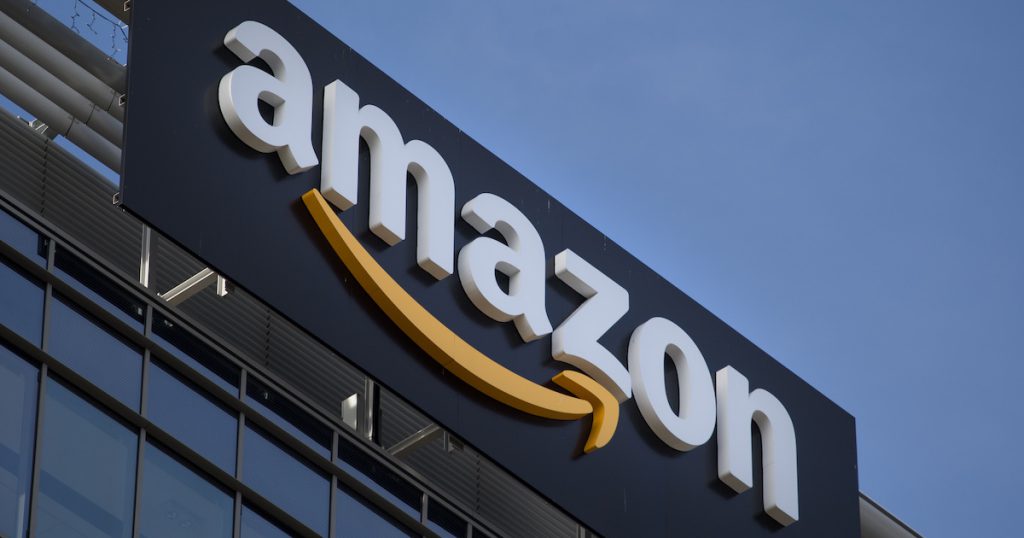While the pandemic has caused the global economy to slow down, the most recent iteration of the Singapore International Energy Week has shown that the fight against climate change is still running at full speed. Many countries around the globe have pledged to achieve carbon neutrality, with South Korea recently announcing that it would be joining Japan in pledging to achieve carbon neutrality by 2050. And even though carbon emissions have temporarily dropped due to COVID-19, energy demands will only increase once the global economy recovers. According to a 2019 report from the International Energy Agency, Southeast Asia’s electricity demand growth has been among the fastest in the world.
The drive to transition to more secure and sustainable energy sources makes it ideal for countries to start considering renewable energy sources and improving energy efficiency to meet this growing demand. Businesses can stand to gain as well by placing sustainability and energy efficiency at the core of their strategy, with reduced costs and increased innovation being the benefits of working towards meeting their environmental goals.
Energy efficiency in buildings is more than just about climate change
One of Asia’s largest real estate companies, CapitaLand, is pursuing energy efficiency as part of its efforts to be more sustainable. It recently secured S$400 million in green loans to “green” its global portfolio by 2030, and its LogisTech building has been awarded the Singapore Building and Construction Authority’s (BCA) Green Mark Platinum Super Low Energy (SLE) certification.
The certification is aimed at encouraging environmental sustainability in Singapore by harnessing cost-effective energy efficiency and renewable energy solutions in the built environment sector. Architects, engineers, and building professionals who are looking to design and construct the next generation of buildings (or buildings of the future as I like to call them) will have keep energy efficiency, renewable energy sources, and sustainable construction practices in mind.
And with many buildings running below full occupancy due to most of the workforce working remotely, energy efficiency is a huge concern for businesses and building owners. However, not all businesses have the means to retrofit an existing building or build a new one to achieve energy efficiency.

Building management systems (BMS) remain one of the best ways for companies to raise energy efficiency. The BMS controls and monitors the various mechanical and electrical equipment in buildings, such as ventilation, lighting, power systems and fire systems. A competent BMS will be able to provide data on the building’s energy consumption, as well as automatically adjusting lighting and temperature based on occupancy levels. This ensures efficient use of energy and provides a comfortable environment for its occupants to work in by maintaining optimum temperature and lighting conditions. As such, the BMS not only keeps occupants safe, but comfortable as well.
It may sound like a BMS is only suitable for large buildings, but this is not the case. For example, Schneider Electric’s EcoStruxure can help with scalable Internet of Things (IoT) solutions for energy management and building control systems. EcoStruxure can be tailored to different requirements and scale, from small-mid size buildings (EcoStruxure Facility Expert) to large commercial and industrial (EcoStruxure Building Operation as well as EcoStruxure Power Monitoring Expert).

It is all about the data
More companies are embarking on digitally transforming their business to remain competitive. The increasing adoption of big data and the Internet of Things (IoT) is driving this demand and we are going to see more data centres being built to address this. Solutions such as Schneider Electric’s EcoStruxure Power and IT not only keeps an eye on your data centre’s equipment but also identifies opportunities to drive savings and efficiency by monitoring and measuring energy usage in your data centres via current and historical Power Usage Effectiveness (PUE).

Traditionally very energy intensive structures, data centres that have access to their own energy consumption data will be in an advantageous position to improve their energy efficiency. In the long run, this will help the organisations to reduce their carbon footprint and running costs. For example, Equinix, a global data centre specialist, utilised Schneider Electric’s EcoStruxure Resource Advisor as a centralised platform to aggregate its energy and sustainability data. Using this data, Equinix worked with Schneider Electric to explore solutions which has led to significant energy savings to date.
No better time than the present
While businesses may see sustainability or carbon neutrality actions as something that is difficult or an additional cost, there is actually a strong case for them to be more sustainable, especially through power efficiency. Ensuring business continuity, optimising operations, and reducing cost are all tangible benefits to a business, while being more sustainable makes it more accountable to stakeholders and the public.
With the growing need for energy, the time to adopt power efficiency solutions is now.
This article is contributed by Rahul Mehta, Vice President, Power Products Division of Schneider Electric












